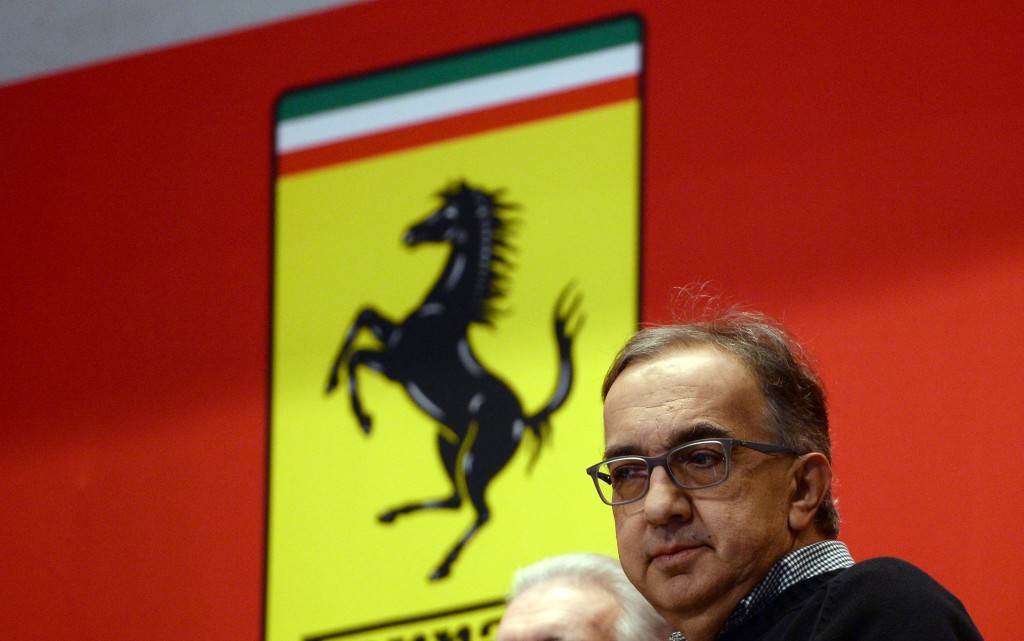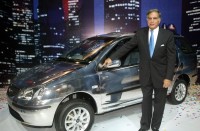
DETROIT , United States (AFP) — Self-driving cars could hit roads within five years, the head of Fiat Chrysler Automobiles said Friday, days after the company announced an alliance with Google parent Alphabet.
Chief executive Sergio Marchionne declined to disclose financial details of the partnership or a timetable for building minivans that will expand the Internet company’s test fleet of autonomous vehicles.
“It’s not sort of ‘pie-in-the-sky,’ the thing is real and it’s coming,” Marchionne said.
“People are talking about 20 years, I think we’ll have it here in the next five years.”
Alphabet this week announced an alliance with Fiat Chrysler Automobiles (FCA) in a major expansion of its fleet of self-driving vehicles.
The company’s test fleet will be more than doubled with the addition of 100 new 2017 Chrysler Pacifica Hybrid minivans, with the companies aiming to have some on the road by the end of this year.
The collaboration with FCA marks the first time that the California-based Internet giant has worked directly with an automaker to build self-driving vehicles.
“FCA will design the minivans, so it’s easy for us to install our self-driving systems, including the computers that hold our self-driving software, and the sensors that enable our software to see what’s on the road around the vehicle,” the car team said in a post at the Google+ social network.
The minivan design also paves a road to explore the potential of large self-driving vehicles that could be used mass-transit style with features such as hands-free sliding doors for getting in or out, according to the post.
Alphabet said it was not licensing its autonomous car technology, and won’t sell the self-driving minivans.
Marchionne noted that there are many unresolved issues, including how self-driving cars will be priced and what kinds of features will be built into them.
“But, if we don’t explore it, we will never know,” Marchionne told reporters during the official launch of the 2017 Chrysler Pacifica minivan at an 88-year-old plant in Ontario just across the Canadian border from Detroit.
The Pacifica was designed for hybrid or battery electric power trains and is capable of supporting Google’s self-driving hardware, according to FCA.
While the partnership with Alphabet is limited in nature, Marchionne looked ahead to future developments.
“I think most of us in this industry would agree that we are going to transition to a different state than what we are in today,” he said.
“I think walking through the transition in a collaborative fashion with people who have historically been viewed as intruders and potential enemies of our business is the best possible solution for us.”
Google began testing its autonomous driving technology in 2009, using a Toyota Prius equipped with the tech giant’s equipment. It now has some 70 vehicles, including Lexus cars adapted by Google and its in-house designed cars unveiled in 2014.
The companies will position engineering teams at a facility in Michigan to accelerate the design, testing and manufacturing of the self-driving Chrysler Pacifica.
An array of automobile makers including Audi, Ford, Mercedes, Lexus, Tesla and BMW are working on building self-driving capabilities into vehicles.
gc-str/oh
© 1994-2016 Agence France-Presse







